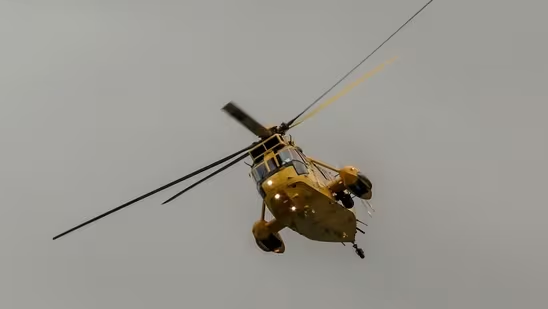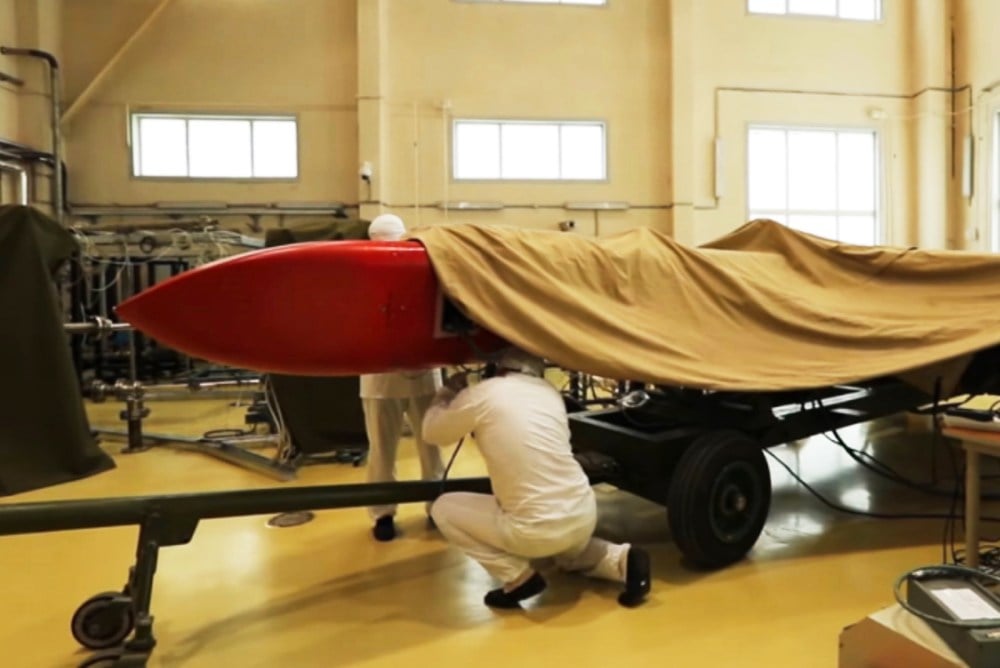Now Reading: US Navy Helicopter and Fighter Jet Crash in South China Sea During Routine Operation
-
01
US Navy Helicopter and Fighter Jet Crash in South China Sea During Routine Operation
US Navy Helicopter and Fighter Jet Crash in South China Sea During Routine Operation

A US Navy helicopter and fighter jet went down during a routine operation in the South China Sea, raising concerns about safety and tension in one of the world’s most contested regions. The incident occurred during standard drills, according to initial reports, and investigations are underway to determine the cause. The area, already under close watch due to territorial disputes, once again finds itself at the centre of international attention.
Officials confirmed that both aircraft were part of regular training exercises aimed at ensuring operational readiness in the Indo-Pacific region. While the US has not reported any hostile engagement, the crash highlights the challenges of operating in the strategically sensitive South China Sea, where complex weather conditions, intense military activity, and geopolitical friction often intersect. Rescue operations were immediately launched, with teams searching for crew members and assessing environmental risks.
The South China Sea remains a critical stretch of water for global trade and military influence. The US frequently conducts freedom-of-navigation operations to assert the right of movement in international waters, while China continues to claim large portions of the area as its territory. This ongoing power contest often places both nations’ forces in close proximity, increasing the potential for accidents or miscommunication.
Defence experts suggest that while such incidents are not uncommon, the timing of this one is significant. With rising regional tensions and upcoming military exercises by other nations, the crash could lead to renewed debates about military presence and safety protocols in the region.
For India, the development is a reminder of the volatility in the Indo-Pacific zone, a region central to its maritime strategy and trade interests. Tier 2 coastal cities like Visakhapatnam and Kochi, where India’s naval activities are growing, are closely observing how superpower tensions impact regional stability and naval collaboration.
As investigations continue, the US is expected to review its safety mechanisms and flight protocols. The incident underscores the risks faced by military personnel during peacetime operations and highlights how even routine exercises in contested waters can have far-reaching geopolitical consequences.

























